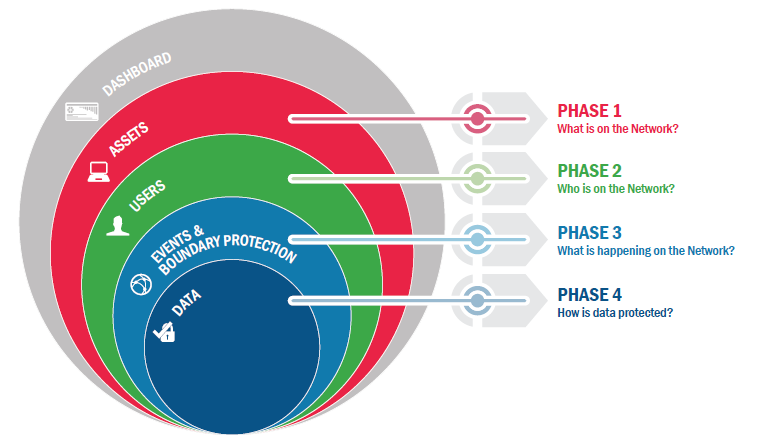
Threat Intelligence Platforms (TIP) help organizations collect, compare, and analyze threat data proactively from multiple sources in real time to defend your enterprise.
Threats can take a number of different forms: IP addresses, malicious domains/URLs, phishing URLs, malware hashes, and other data from external sources. A TIPs primary purpose is to help enterprises understand the threats that exist and how to better protect against emerging, current, and persistent threats in their specific environments.
Why Change to a TIP?
Your enterprise network connects computers and related devices across departments and workgroup networks, facilitating insight and data accessibility. This is necessary to avoid impeded workflow and paths of communication. However, when one node is attacked in a network, all are vulnerable.

The traditional approach to enterprise networks defense is to be reactive— a security breach hits and the security teams rush to respond to the incident, defend the network, and then analyze what happened. Finding data that’s relevant and useful is often a manual process which becomes more of a burden as your enterprise grows and cyber attacks increase.
TIPs triage the immense amount of data available, generated internally or externally, by weeding through multiple sources and formats, detecting patterns in that data, and then exporting it into an organization’s existing security systems.
Key Features for a TIP:
-Consolidate threat intelligence feeds from multiple internal and external sources.
-Automate detection and containment of new attacks.
-Analyze the content of threat indicators and the relationships between them with real-time alerts, along with regular threat reports at intervals you require.
-Correlate and pivot on data so actionable intelligence of an attack can be gained and measures are taken to stop them automatically.
-Integrate with other security tools that an enterprise has already. Data from the threat intelligence platform needs to go back into the organization through existing channels to be more easily recognized and engaged.
-Act upon threats where teams can take control and plan how to mitigate the threat.
Acting upon threats for enterprise networks defense requires a TIP because of the necessary collaboration between analysts and developers to share applications with one another which they may modify as a team. Indeed, security analysts are still going to be needed to manage this data. Some companies offer services to do this for you by providing threat intelligence reports, monitoring your assets continuously, and with threat and event reduction.
Assess Your Needs Carefully
The cost of a TIP will vary depending on what services you are requesting. Customized data feeds can cost thousands of dollars per month. It may be necessary to include continuous security operations with technicians and analysts. Such managed security services can also be thousands of dollars per month, running into six or seven figures per year in larger enterprises. Basically, the more human time that is required of your staff, the lower the cost incurred.
Because threat intelligence services vary widely, you must carefully assess your enterprise’s needs and select the features, services, and staff that are appropriate.

Leave a Reply